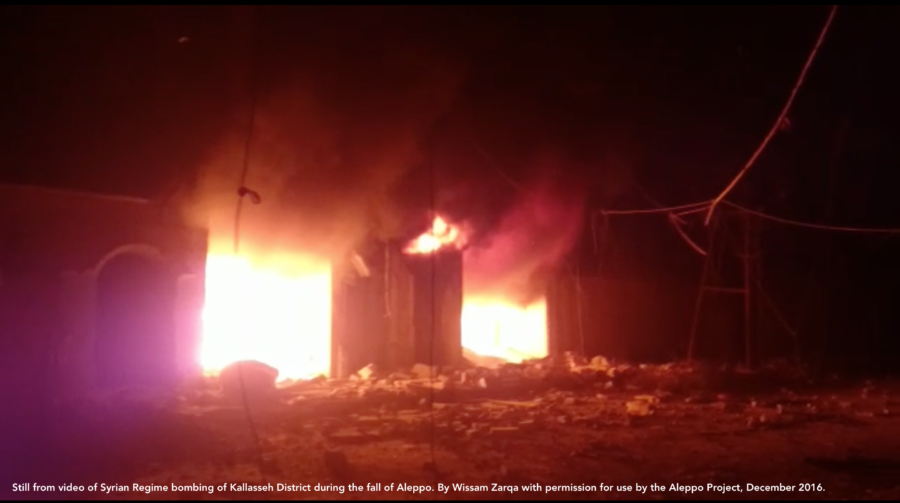Introduction
That is what we are trying to do—to be more linked with news channels, connect the stories to the mainstream, in 140 characters. – Asaad Hanna[1]
Asaad Hanna is one of many citizen journalists reporting on the developments of the ongoing
conflict in Syria. Citizen journalism and the use of social media has played a critical role in
providing coverage in Syria in the wake of no free press. According to Human Rights Watch,
the lack of free press in Syria is detrimental to the important process of documenting human
rights abuses. Some equipped with a background in journalism and others with a strong desire
to cover the stories of people on the ground, many Syrian citizen journalists have evolved from
having social media profiles for updating friends and family to contributing to international
coverage of the conflict in Syria. Local professional and citizen journalists alike seek to shape
the narrative of the Syrian conflict through news production via social media. In addition to
content production, they contribute to an important body of data for analysis and documentation.
However, professional and citizen journalists risk being targeted by armed forces and/or having
their content removed. Since August 2017 thousands of videos as well as entire channels relied
upon for conflict documentation in Syria have been flagged and removed due to updates in the
review process for extremist content. Although some have been reinstated—since YouTube
videos would not be permanently lost, while Facebook content flagged and removed would be—it
remains problematic to the documentation process of the conflict, as noted by Bellingcat founder
Eliot Higgins. Syrian citizen journalists and news agencies remain subject to disbelief, cynicism,
and suspicion, despite the volume of invaluable open source content they produce as well as
implemented methods of verification. It is crucial that the work of Syrian citizen journalists and
independent journalism initiatives are supported to safeguard freedom of expression and opinion
of different perspectives and to ensure inclusive and thorough documentation of the ongoing
conflict.
To download the full report, please click here.
[1] Hanna, Asaad. Interview by author. Simultaneous transcription. WhatsApp Audio, April 7, 2017.
(Still from video of Syrian Regime bombing of Kallasseh District during the fall of Aleppo. By Wissam Zarqa with permission for use by the Aleppo Project, December 2016.)
 The Aleppo Project
The Aleppo Project
Join the conversation
You must be logged in to post a comment.